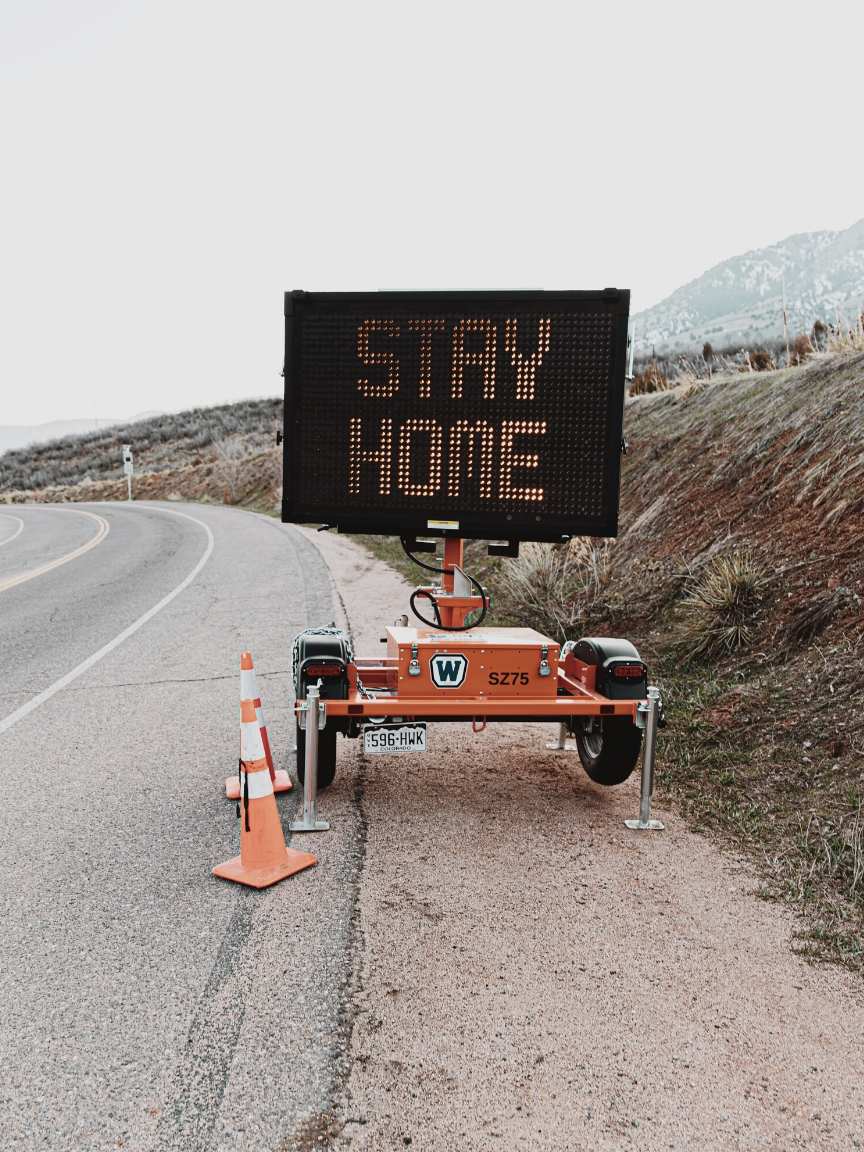You and your children have now been stuck at home together for more than six weeks, so things are probably getting a bit sticky. Some of you are lucky, with safe outside places for your children to go so that you all can have a bit of separation, but everyone is – in a well-known Southern expression – getting on your last nerve. It isn’t that you and your children don’t get along, it’s that constant togetherness. You, who always wanted to know everything your child was doing, would now love to have a bit of separation. You’re coming to understand the advantage of school!
Take a deep breath and rethink everyone’s position. Your child(ren) are no happier in this enforced togetherness and, on top of that, they’re living with adults who are anxious. That gives them a sense that the world is frightening, which in turn creates fear and apprehension. So how to help?
Give everyone some space, even if it’s just a little. Don’t monitor your child’s education beyond making sure there’s an appropriate place and time for your child to do their work. Let their teacher be the one to pressure them to work. Remember, this is not homework, what your child is doing at the kitchen table is schoolwork, and normally you would not be there while they’re in class. Let your child do their work on their own, while you go off and do something by yourself. If you’re working from home, this is a great opportunity for your child to see your work ethic. As a teacher, I’ve spent hours at night grading papers, and our son has watched his father, an architect, working hard on drawings at all times of the day. We modeled our expectations for him. We expected our son to work as hard at what he was doing as we did, and as an adult, I am proud of how he works. I will admit that our son hasn’t always worked as hard as we would have liked, but he is never idle.
Do things together that will allow you to share skills you have with your kids. This is a great time for you to teach your children life skills that they’ll need in the future – cooking, sewing, cleaning, home repair, and the like. And yes, both boys and girls need to know how to do all of those things. If you’ve tried this already, I’m guessing that you told them to watch you as you did whatever and you found that they lost interest quickly. The key to teaching, particularly teaching boys, is to get them engaged in the activity by setting up the situation, and then letting them do it. If they make mistakes, that’s part of the learning process. If you jump in, “don’t do it that way, do it this way,” they won’t learn. I’ve put together some slide presentations – one for cooking, and one for sewing – that show you exactly how to do this. Here they are, from YouTube:
Science lessons in the kitchen:
Making masks as a construction project:
Most importantly, DO something. Sitting around complaining about being stuck at home doesn’t help you, or your kids. Take virtual trips to places you’ve always wanted to see. For example, look up the Grand Canyon on the Internet. Find pictures, find what other visitors have said about the place. Look up the geology and discover how it was formed, and why it is the colors that it is. Discover how the Canyon fits into the lore of the native people who have long histories in that area. Get a map and figure out how you would drive from where you are to the Grand Canyon, how long that trip would take, and where could you stop along the way?
Get regular exercise. You Tube is a wealth of people exercising in their living rooms – move along with them. I get at least 4,000 steps each day just dancing to music videos. You’ll find that exercise improves your mood, improves your sleep, and helps you think better. Sitting may be one of the worst things that we do for our health. There is one man who ran a marathon in his apartment. Think about it, most people can run one in 3-5 hours (the winners do it in a little over 2 hours) so it is not like it takes that long. If that sounds too challenging, perhaps you can have a family 5K run and design T-shirts for the participants.
The more you do, the better everyone in your family will be. It is sitting around, worrying that undermines our survival. As my 100-year-old mother-in-law reminded me the other day, Anne Frank spent two years in an attic where she had to be quiet, couldn’t move much, and had to depend on others for her safety. Certainly, we’re better off than poor Anne was.
Remember, we will have to limit our movements for some time to come, even when the stay-at-home mandates are lifted. Help your son learn to manage himself, teach him life skills, and provide a positive environment for him to model. Cheers! And stay safe.
